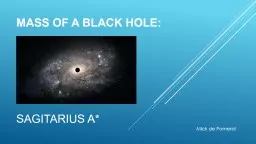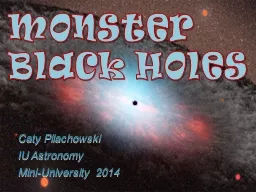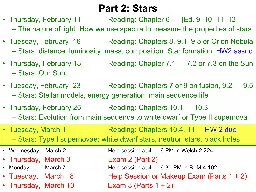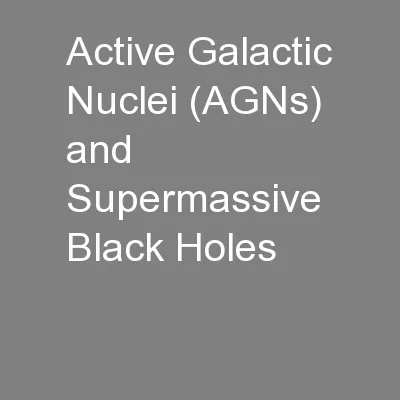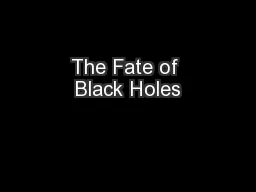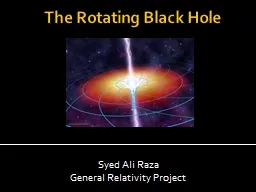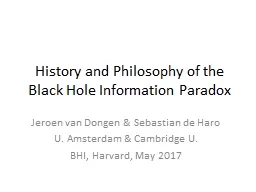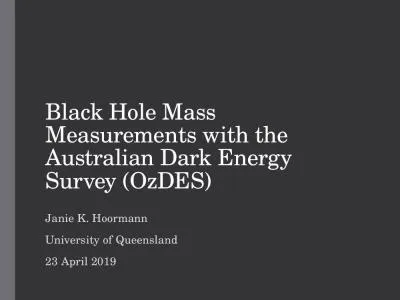PPT-Mass of a Black hole:
Author : celsa-spraggs | Published Date : 2019-11-19
Mass of a Black hole A bit of history and simple arithmetic Sagittarius A Mick de Pomerai Myth Nicolaus Copernicus 1473 1543 Polish monk simply thought up a heliocentric
Presentation Embed Code
Download Presentation
Download Presentation The PPT/PDF document "Mass of a Black hole:" is the property of its rightful owner. Permission is granted to download and print the materials on this website for personal, non-commercial use only, and to display it on your personal computer provided you do not modify the materials and that you retain all copyright notices contained in the materials. By downloading content from our website, you accept the terms of this agreement.
Mass of a Black hole:: Transcript
Download Rules Of Document
"Mass of a Black hole:"The content belongs to its owner. You may download and print it for personal use, without modification, and keep all copyright notices. By downloading, you agree to these terms.
Related Documents

